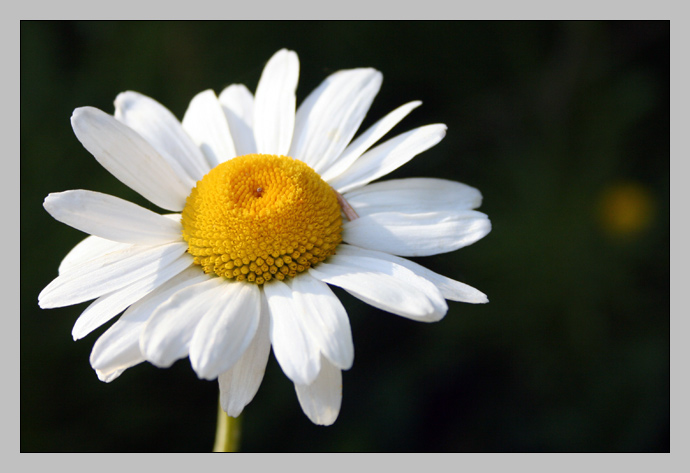Kalahaku Overlook

I have a new theory. The time I spend playing with a picture in Photoshop is inversely proportional to the quality of the original image. On the face of it, that seems obvious, right? If the photo sucks, you’re really going to have to work it over in the digital darkroom. But then, if the picture is good, Photoshop work is more like play, and I can spend hours playing… Okay, so maybe my new theory doesn’t have a proof.
This is a stitched panorama of the immense Haleakala Crater on Maui Island, Hawaii. I believe it’s taken from the Kalahaku Overlook, but because Oksana and I stumbled upon this scenic view, I could be mistaken. I wrote a bit about that day.
The view is awesome, of course, in the true sense of the word. We spent at least 45 minutes hanging out at the railing, took countless pictures and even a time-lapse video of the clouds boiling below. And though I like the panoramic photo you see here, I don’t think it’s one of my better pictures. I wish I could put my thumb on why.
Is there too much sky? Maybe, but if I crop it out the panorama becomes too thin. Is it that the depth of the valley doesn’t translate? We were practically standing on a vertical cliff, but here it looks like you could almost along the dip in the middle until you reached the crater floor below.
I tried a dozen variations of cropping, trying to make things right. I lightened up some of the foreground elements, trying to create a sense of depth. I even spent some time cloning out a huge foreground handrail in the lower right corner. I know the scene is good; I just can’t seem to make the photo do it justice.
But that doesn’t mean I can’t post it on my blog, now, does it?
It’s hard to see in the small version of this panorama, but the black lava flows and red cinder cones make for some attractive (also in the true sense of the word!) scenery. I wish we had planned an excursion down into that crater. As it was, we were only on Haleakala for the sunrise — we didn’t think to bring the hiking gear, extra water, maps, and cabin reservations that would have made a hike down Sliding Sands Trail really worthwhile. Maybe next time.
Canon Digital Rebet XT
Date: 12 August 2005
Focal Length: 18mm
Shutter: 1/1000 second
Aperture: F/5
ISO: 100
Photoshop: Stitched with Autostitch, cropped, cloned extra rock on right, dodged foreground rocks, auto color adjustment
Continue reading to see the actual detail in the final panorama…






